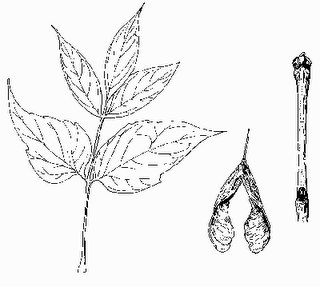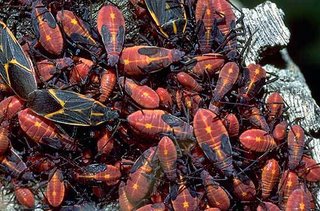















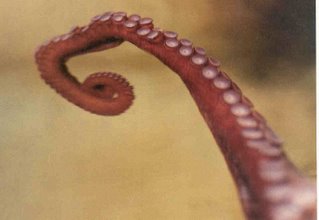
"The octopus his big-hooded eye followed me, a single five-foot-long arm reached out, the incredible arm inched up past my wrist, it's suckers like cold kisses tasted my flesh with tens of thousands of chemoreceptors. I couldn't help feeling as if I were being studied, that a measured intellignece lay behind that intent eye and exploring arm." (1)
The octopus is a big-brained invertebrate - cognitive, behavioral, and affective. These are mollusks - but what creatures. Psycholgist Jenifer Mather studied an octopus vulgaris snatch some crabs, drag them back to a crevasse, cover the entrance with rocks, eat the crabs, and takes a siesta. They solve mazes, learn, remember. The brain wraps about the espophagus. They only spend 7% of their time hunting, and the rest of the time is engaged in recreation and communicating with others of their species. (2)
(1) slightly enhanced from a portion of "Through the Eye of the Octopus", Eric Scigliano, Discover, 2003, pp. 47 ff. (2) condensed from same article.


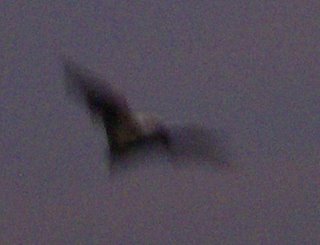
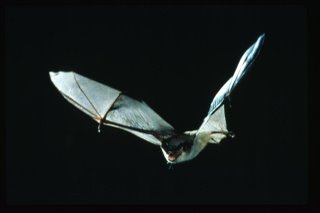





British fisherman Carl Smith (pictured with friend, Dave Jones) caught a giant wels catfish, dubbed "Jaws," measuring 8 ft in length and weighing a record-breaking 226 lbs. Two friends held tightly onto Smith as he battled the monster fish for 35 minutes. After Jaws was weighed, measured and photographed, he was released back into the River Ebro in Spain.

The Salton Sea, a 35-mile-long lake stretching across the Imperial and Riverside county line, is a popular stop for birds heading south, and Guy McCaskie, co-author of "Birds of Salton Sea," believed he spotted a Ross' gull there a week ago. The appearance of the arctic bird nearly 100 miles east of San Diego would be the first reported in California and would place it hundreds of miles farther south than it had ever been seen. The gull, which normally breeds in Siberia or Greenland, rarely appears south of Alaska, and is only spotted in even the northern part of the lower 48 states every few years.

Story that I believe is true.
My friend, Larry, took scouts camping. One of the folks said they were sleeping, and heard a "zzzzzip". The tent was unzipped, and a raccoon walks in. She jumps up and yells. The raccoon quickly scurries out, then stops and "zzzzzip" zips the tent flap back up.
Next day everyone claims that the person is insane. She dreamed it.
They go out, and come back. Another tent, completely zipped up, has been raided, everything turned topsy turvy and food eaten in a way only raccoons can.
Clearly, the raccooons have somehow learned to be clever. They unzip, eat, and rezip so as to camouflage their tactics.
You be the judge is this incredible and true.
